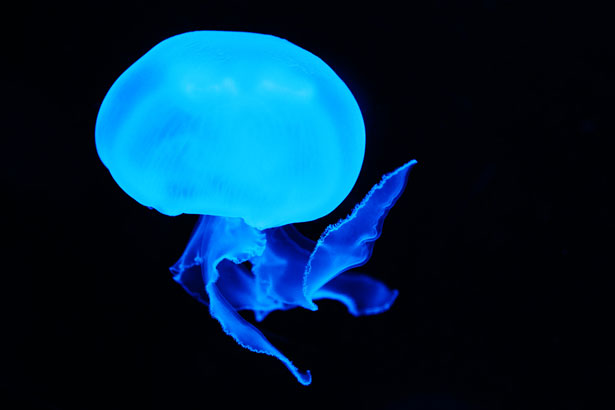Treating Jellyfish Stings
ByWith summer approaching and more activities at the beach, the chances increase of coming in contact with jellyfish. Jellyfish stings can cause immediate pain and burning for several hours. Raised, red welts develop along the site of the stings, which may look as if you have been hit with a whip. Unlike what you see on movies and television shows, urinating on jellyfish stings is not the recommend treatment. In fact, urinating upon the site can cause additional stings, bacterial infections and STDs.
Never rub the affected area with your unprotected hands. The remaining tentacles can attach to your hands and cause additional stings and pain. Don’t flush with fresh water, urine, gasoline or turpentine, this will stimulate the tentacles to release even more stings and poison.
It is suggested to use a solution of vinegar and warm water to the site to prevent further stings. If vinegar is not available, flush the effect area with copious amounts of salt water. Pick off the remaining tentacles with a stick or your hand protected by a towel or glove. If it is available, apply a lather of shaving cream or soap, or a paste of baking soda, flour, or talc, to the skin. The stinging cells will stick to the shaving cream or paste and can then be removed easily by scrapping off with the edge of a credit card. You might want to consider creating a beach first aid kit and add a small bottle of vinegar, a can of shaving cream and talc to your other first aid items.
Continue to closely observe the victim for any signs of a serious allergic reaction. Any swelling of the neck, face, tongue, developing hives and skin rashes or difficulty in breathing could be the beginning signs of anaphylactic shock and should be treated by a medical professional immediately.








